It always used to be ‘what’s the best car you’ve driven?’, but it’s not any more. Today, the question I get asked more than any other is ‘how do I become a motoring journalist?’.
It’s understandable. Post-Covid, and especially for young people, the workplace ain’t what it used to be. With inflation high, the prospect of home ownership more remote than ever and large periods of your working life spent at home alone, it’s tempting to want to escape to a world populated by fast, beautiful cars in sun-soaked locations.
But before I answer the question, allow me to pose another: should you become a motoring journalist?
When I was a lad (and he hates it every time I mention it), motoring journalists like Steve Cropley were movie stars to me. I never thought of being one myself, because I knew I wasn’t worthy. How it happened anyway is too long and boring a story to repeat here. And while I know every generation tells the next that ‘things aren’t what they used to be’, in this case it really is true.

Some things have stayed the same, or at least similar. It is not now, nor has it ever been, for instance, a business to enter for those wanting to get rich quick – or at all. For every Jeremy Clarkson, there are hundreds and, around the world, thousands for whom earning a living this way means accepting that while you may make enough to get by, there will be few occupations indeed where your quality of life is at more significant variance to your standard of living. But yes: at least for some car hacks, motor noters, muttering rotters or whatever else you want to call them, there are still fast cars out there, exotic launch locations and so on. At least if you’re a road tester or similar.
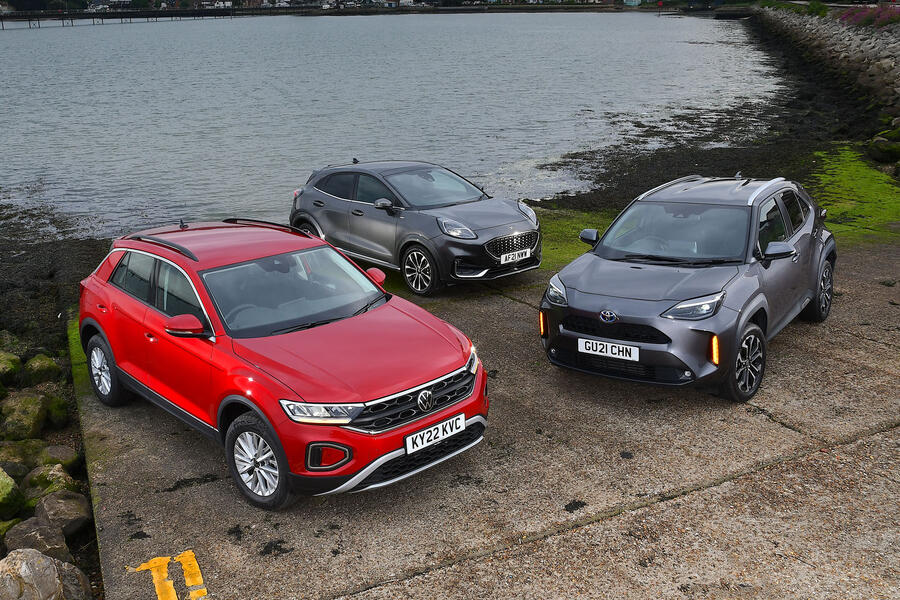
But even for them, that is not most days. Most days is trying to persuade manufacturers to lend you cars for tests, or filling in spec sheets, or writing first drives, or going on photoshoots of not terribly interesting but quite important compact crossover hybrid SUVs. None of which is a remotely bad way to pass the time, but nor is it reclining on a chaise longue while gorgeous people tempt you by dangling perfectly ripened fruit above your open mouth.
But the business has changed in significant ways and, for the aspirational rotter, not necessarily in a good way. It is now a much more precarious existence than once it was, and harder to get into. Magazine reader numbers across the board have been in a state of steady decline for 20 years, a path tracked closely by a drop in advertising revenue, the lifeblood of almost all publications. But while many of the jobs lost this way have been replaced by online opportunities, the skill sets required are somewhat different.

The automotive website is a voracious beast with an insatiable hunger for stories, so while you once might have been expected to turn out a decent story or two per week, you may now have to do that each day. Or present a video. Plenty of us have what are known as great faces for radio, who regard the prospect of standing in front of a camera and speaking coherently and intelligently on any subject for any amount of time with complete horror.
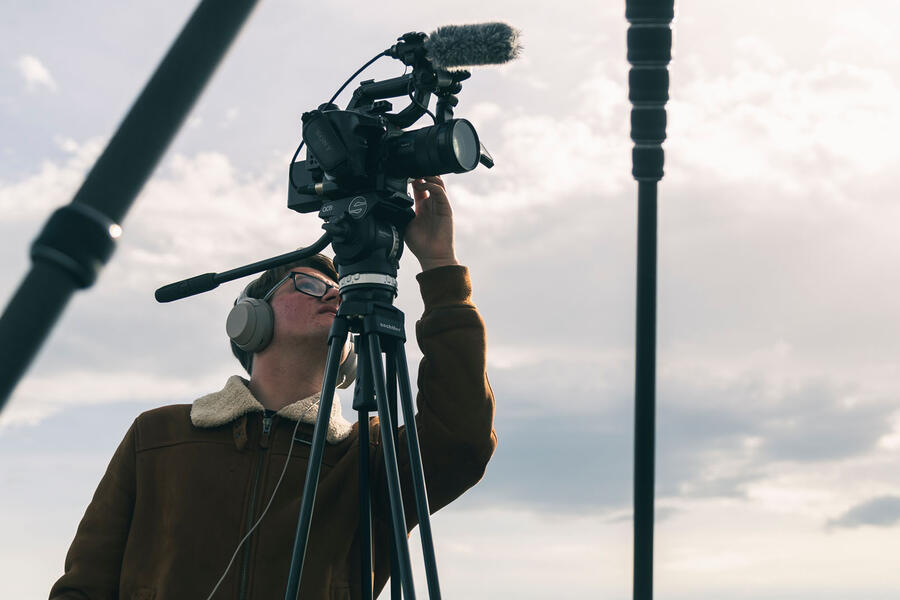
But if you’re to be a thoroughly modern, not to mention successful, car journo, it will help your cause no end if you can.
You will need to be a master of social media too, and how to write in such a way that the SEO (Search Engine Optimisation) spiders that crawl over your copy once it’s published will see fit to promote it to somewhere near the top of people’s feeds. When I started out, this stuff didn’t even exist. Now it could not be more important.
Have I managed to dissuade you yet? No? Excellent, then perhaps you should become a motoring journalist. But how?
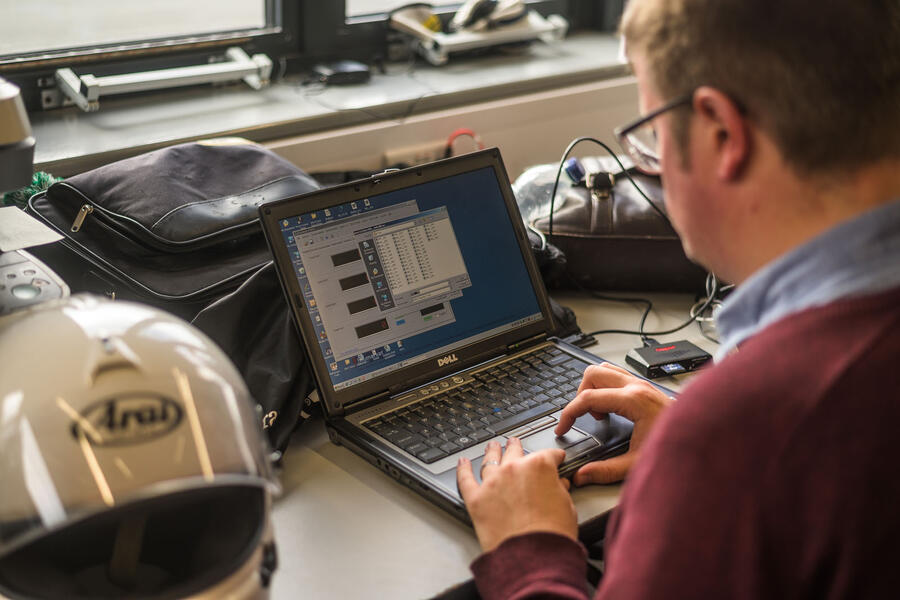
First have a long, hard look in the mirror and be very honest with yourself. Most people who talk to me about getting into this racket want to be road testers, and understandably so. But on top of being prepared to work long hours for modest reward, the job requires a curious and unusual skill set. Not only must you be able to both drive and write to the required standard (in itself not exactly a common combination of talents), you must also be able to analyse accurately a car’s behaviour relative to that of its competitor set.
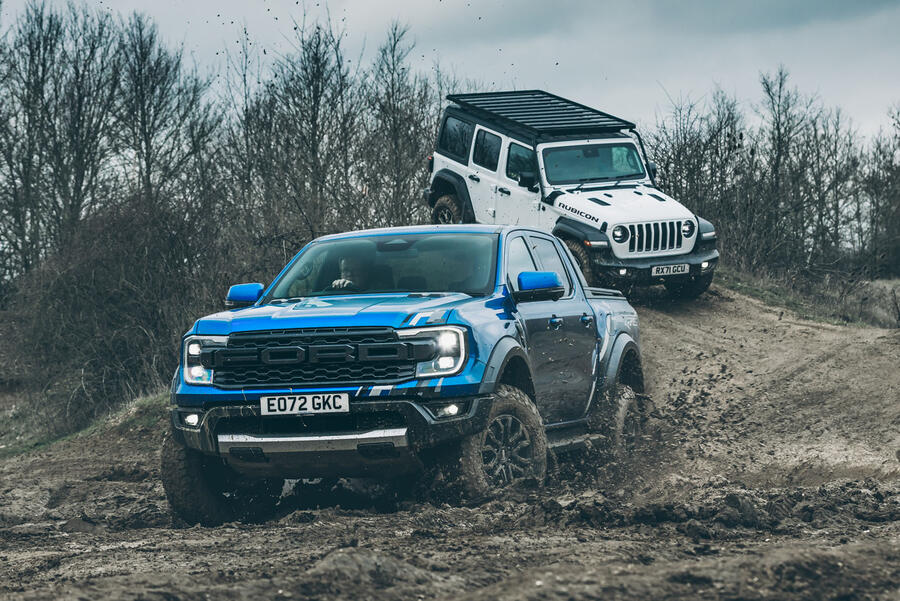
And that’s not a given, either: the late and very great Swedish driver Ronnie Peterson drove his race engineers potty with his absolute inability to provide any meaningful feedback on how his Lotus Formula 1 car was behaving on track. But he was kept on because he had a talent for driving like few others before or since. But in our world, that’s not enough.
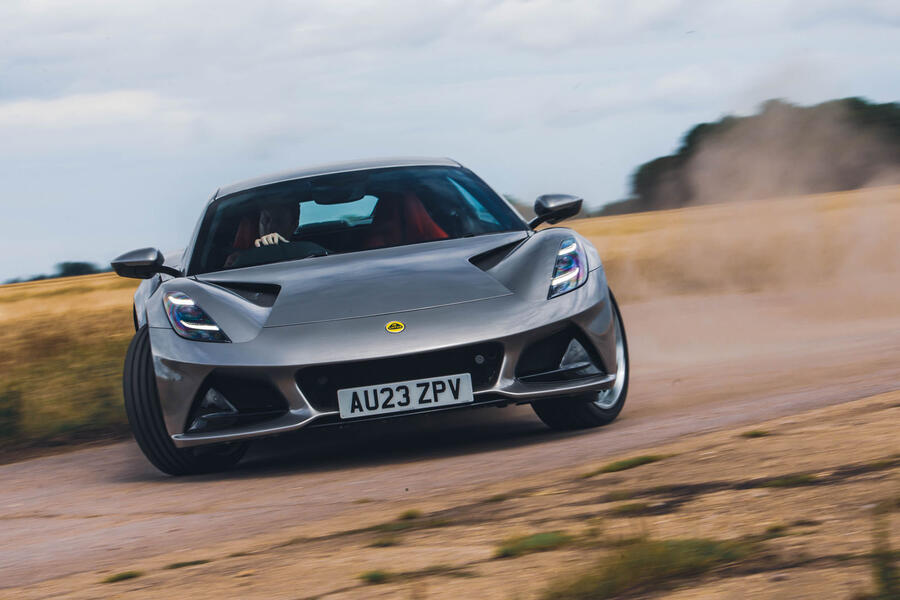
But that’s the good news: yes, you need to be able to drive quickly and safely to do this job, but you don’t need to be a semi-professional racing driver. Indeed, most road testers will get through their entire careers without ever racing a car, usually because they can’t afford it. And in terms of being able to do the job, it doesn’t matter a jot. What actually matters is that your opinions are consistent and reliable and that you can communicate them well.

And there’s the crux of it: the one absolutely non-negotiable component of this job is an ability to write. There are fabulous drivers out there who don’t make it in this business but many who are merely quite able who do, because they know how to engage the reader and convey their thoughts in ways that are both simple and entertaining. If any star quality is required in this trade, it is that.
There are plenty of ways into this world, and for graduates, taking the Automotive Journalism master’s course at Coventry University is probably the most reliable route of all, allowing you to learn the trade and build your contacts as you do. You should, of course, follow the social media accounts of all the major outlets, because this is where new jobs are advertised first. But those who just sit there waiting for something to happen are likely to be waiting a while.
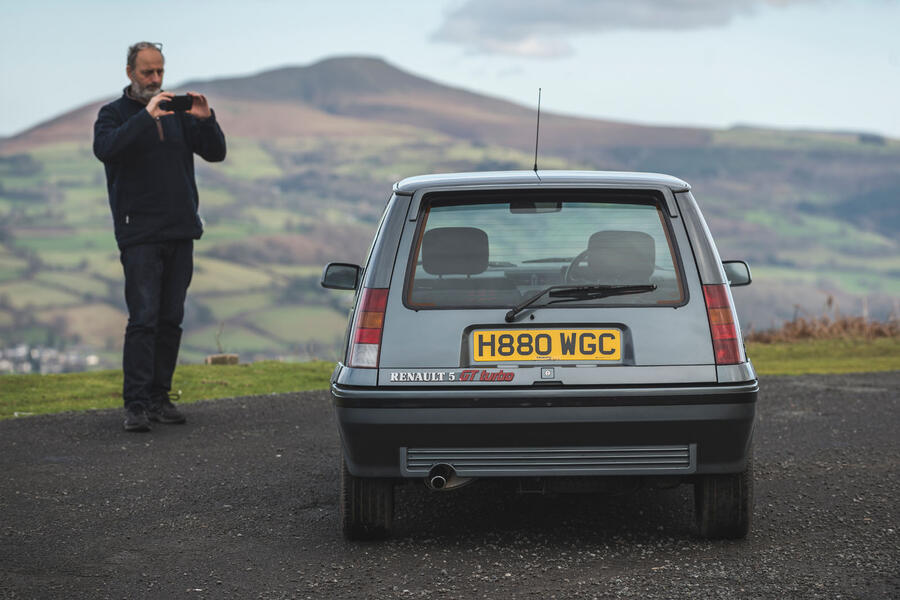
Get off your backside and make it happen. Contact your favourite publications and ask for work experience. If you’re offered some, make sure you’re the first to arrive and the last to leave. Don’t wait to be told what to do, don’t even ask – just get on and do it. Editors look for talent, of course, but so too do they look for proactive people who can cope on their own with the frenetic pace of life on a mag or website. Get yourself noticed: scan the press releases, spot a story and write it. Show it to your editor and even if it never gets used, he or she will appreciate the effort.
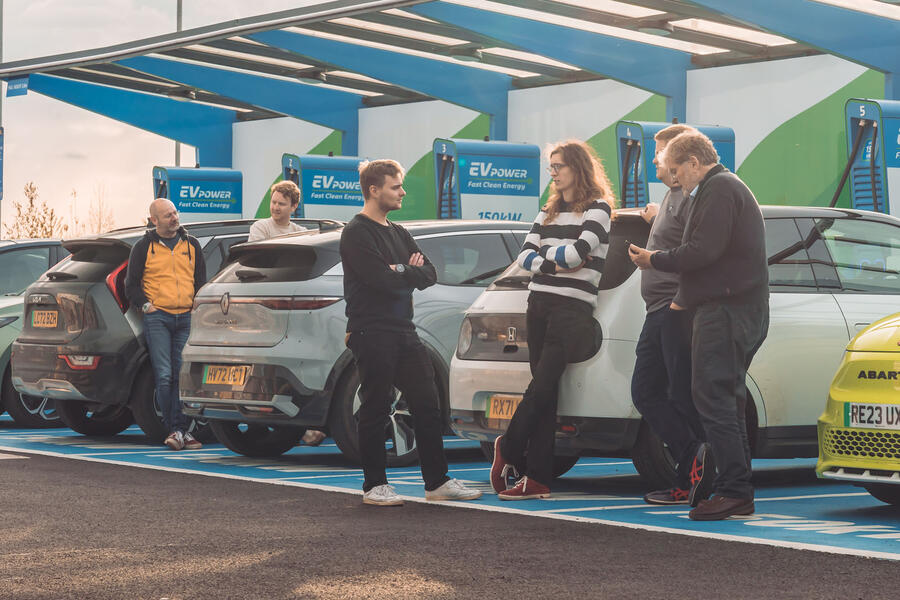
In essence, all editors are looking for great new talents, mindful of the fact that if they don’t snap them up, one of their rivals most likely will. So the job is to persuade them in almost any way you can that you are that person. And if you do, if you can actually make it to becoming an overworked, underpaid, full-time motoring journalist, you will realise the one enduring truth that has not changed over all these years: for a certain sort of rather curious person, it remains the best job in the whole wide world.
How I became a motoring journalist: Steve Cropley, Editor-in-chief

Crazy story, really. A young Aussie newspaper journalist, car-mad but too timid to imagine he could get work on the motoring magazines he knew and loved, takes a year out to drive trucks in far northern Queensland. There he meets a girlfriend-tourist from Sydney who inexplicably takes such a shine to him that she starts sending him job adverts from the Smoke to encourage him back to what she sees as his proper job: journalism.
One of them turns out to be a vacancy on Wheels, a car mag he has read since childhood. He applies in longhand, explaining that there isn’t a typewriter within 50 miles. Offered an interview, he quits his job, patches up his broken car and drives 2000 miles south, borrowing money to buy a suit on the way. This takes two weeks. He enjoys the interview (these people seem like friends, because he has read so much of their copy) and, inexplicably again, scores the job.
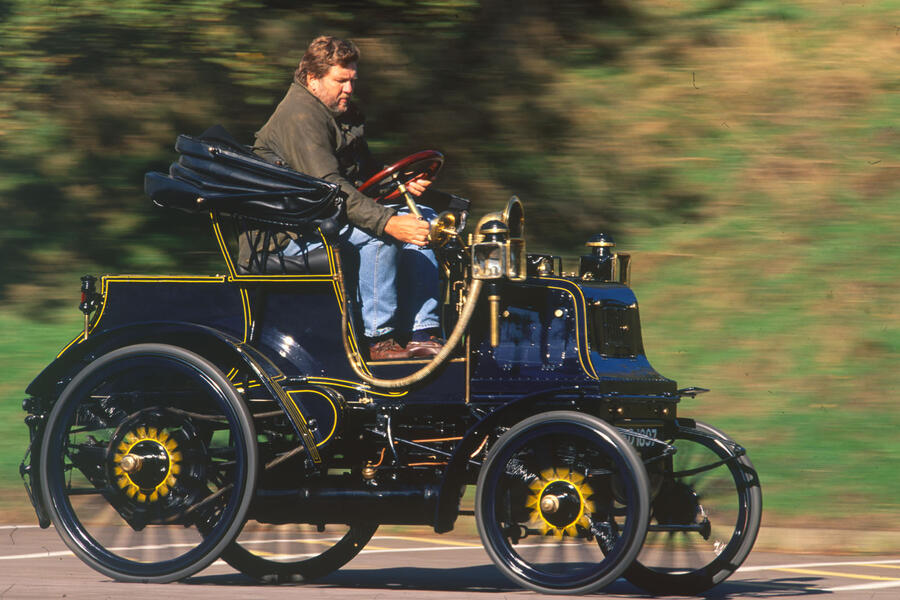
All of the above happened to me before 1973. Five years later, I was offered an irresistible chance in Blighty, and after various media adventures, I joined Autocar 31 years ago. To say I’ve been happy here, working with the greatest colleagues you could imagine, talking to the most appreciative and understanding reader body that exists, is the ultimate in gross understatements.
My advice to any aspirant? Do your very best to write well. The people you care about will notice.
How I became a motoring journalist: Jonathan Bryce, Editorial apprentice
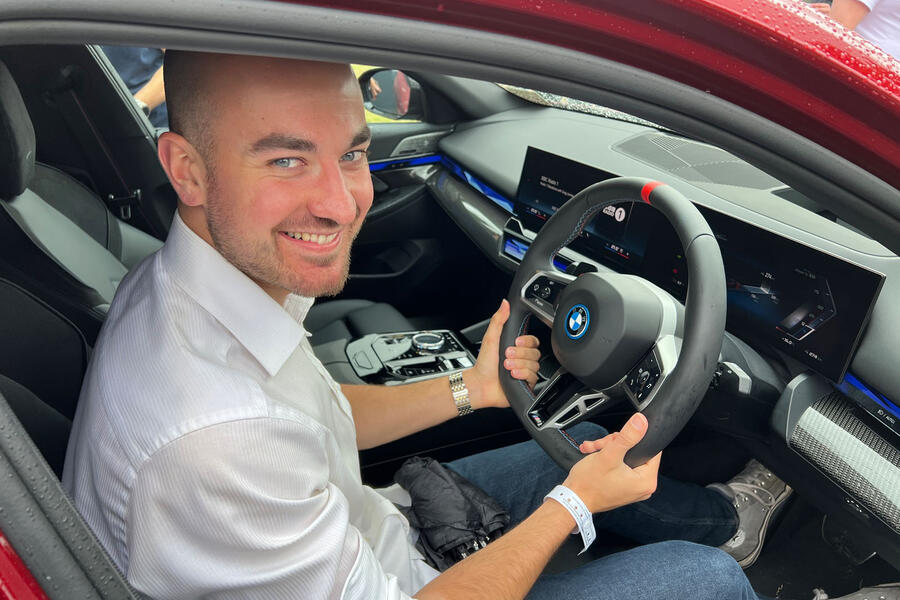
Two years ago, I contacted Steve Huntingford, editor of What Car? (an Autocar sibling title), who had the grace to read my cack-handed emails and stories I had written in my downtime and offered me work experience. Three months later, I was hired as Autocar’s editorial apprentice and moved from Glasgow to start a new life surrounded by English accents.
Since arriving, one thing has become abundantly clear: you have to really want to do this. I appreciate the associated glamour (you get to rub shoulders with supercars), but you have to be prepared to do lots of desk work, especially when you’re starting out, and although of course you’re paid, your belt won’t be Gucci.
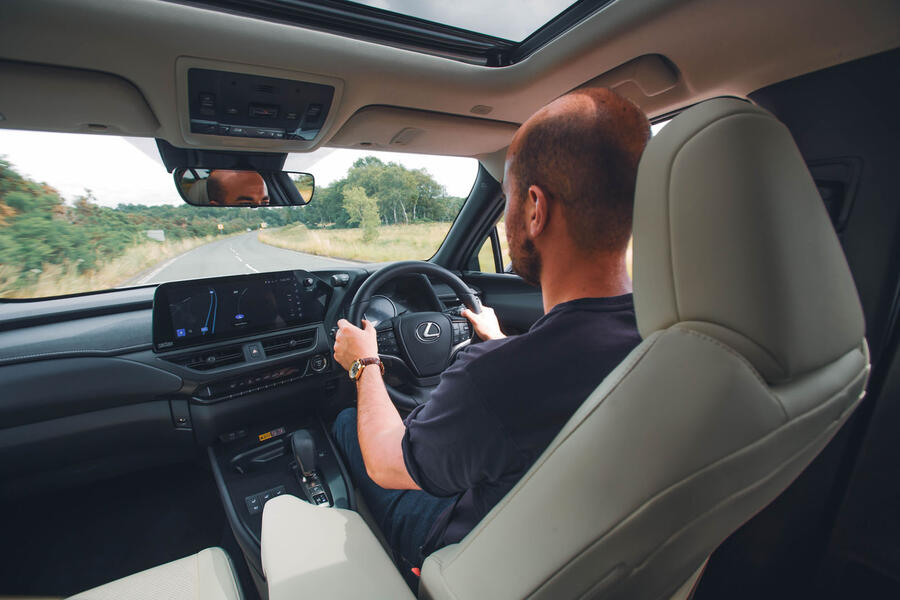
If, however, you want to turn your burning passion for cars into words, surrounded by fellow car nuts and eating Tesco meal deals, pick a magazine and fire your words to the editor’s inbox. Just don’t make them cack-handed.
How I became a motoring journalist: Matt Saunders, Road test editor
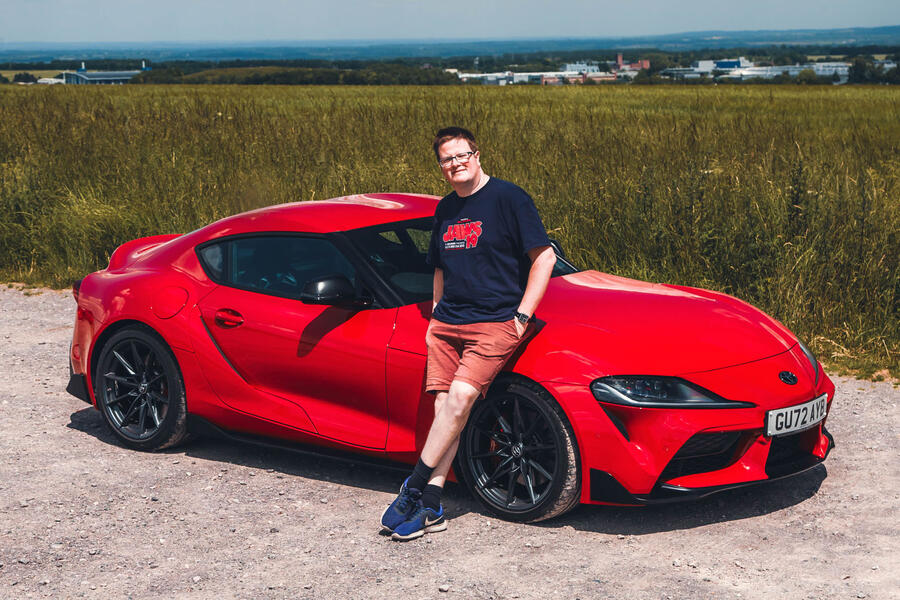
When I was finally properly employed at Autocar in the autumn of 2003, I wasn’t replying to a job ad. There was simply a line at the foot of Steve Cropley’s column that explained that the magazine was seeking an editorial assistant, among whose responsibilities it would be to take printed content from the magazine and turn it into pages for the very first version of autocar.co.uk.
Which leads me neatly to two bits of advice: make sure you consume every morsel of content that we produce, wherever it appears, and get through the door by any means necessary. Pay your dues, earn your trust, show you have the respectful attitude and work ethic to succeed – and keep on showing it.
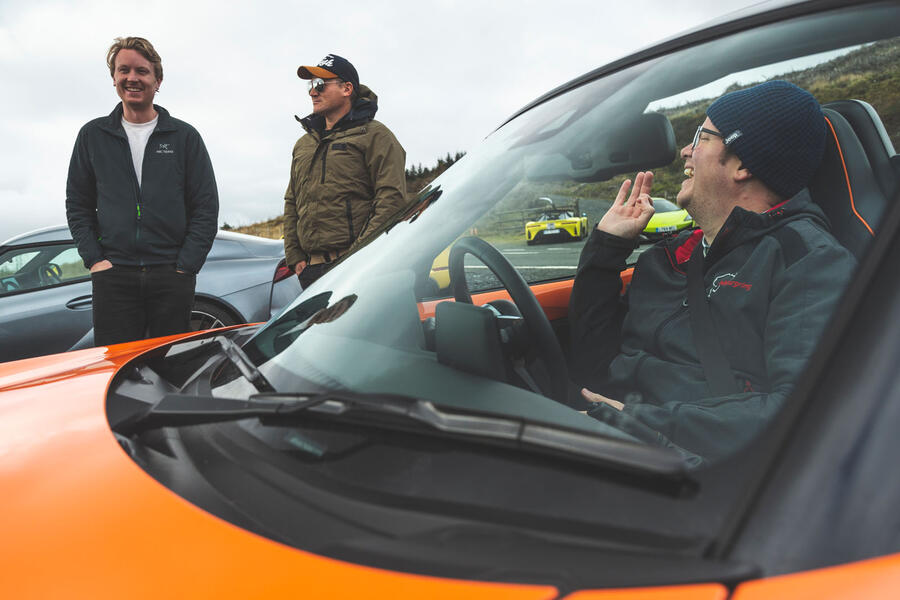
Professionalism matters increasingly in what we do these days. Sure, you need the talent to observe, describe and present. You need enthusiasm, insight, voice and expertise. But you also need to be able to work efficiently and under pressure, to dependably hit deadlines and to be responsible enough to be trusted with someone else’s million-pound supercar.
Apart from all that, just be a journalist – even when you’re having the best working day of your life. Make notes; ask questions; apply scrutiny. And remember, every time, to deliver on behalf of those for whom you work: the readers.

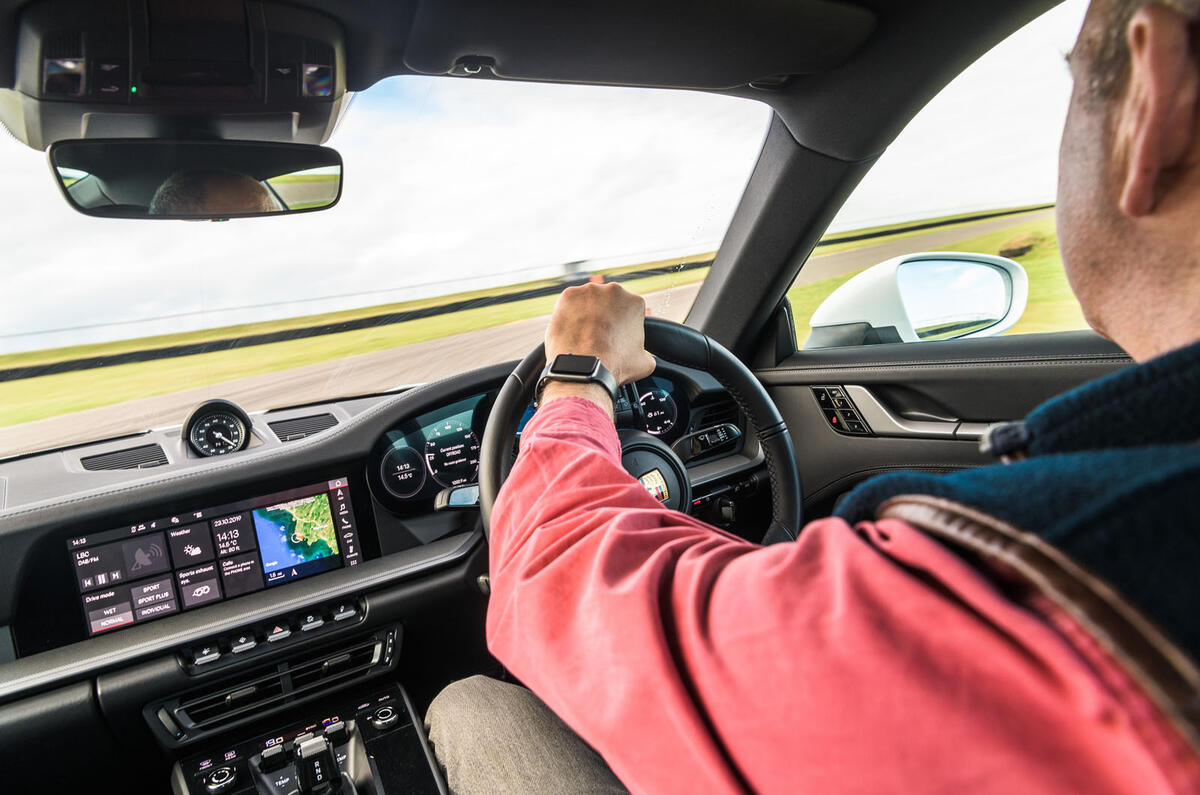


Join the debate
Add your comment
this article provides excellent guidance for aspiring motoring journalists! Alongside building writing skills and gaining experience, having a standout CV can make a big difference in landing opportunities. Services like CV Folks can help craft a professional CV tailored to showcase your passion and expertise in the automotive field.
Here’s a suitable comment for the Autocar article with the requested anchor text:
This article provides excellent guidance for aspiring motoring journalists! Alongside building writing skills and gaining experience, having a standout CV can make a big difference in landing opportunities. Services like CV Folks can help craft a professional CV tailored to showcase your passion and expertise in the automotive field.
Motoring journalism was an itch I had to scratch so when I turned up at Autocar in autumn 2003 it was to volunteer for work experience for 3 weeks and see where that led, if anywhere.
I had recently been redundant and here was an opportunity. It was great to see it from the inside working alongside Tim Pollard on the news desk and Chris Chilton road testing. I drove a Clio V6, the RX-8, Focus and Avensis Estate (oooh!).
However, as I was cleaning a car down for photos one dank, misty autumnal morning I did wonder whether this was a worthwhile use of my Automotive Engineering degree.
Anyway, turns out I didn't have the talent and some bloke called Matt Saunders had already got the gig. And I got back into new car development so alls well that ends well.